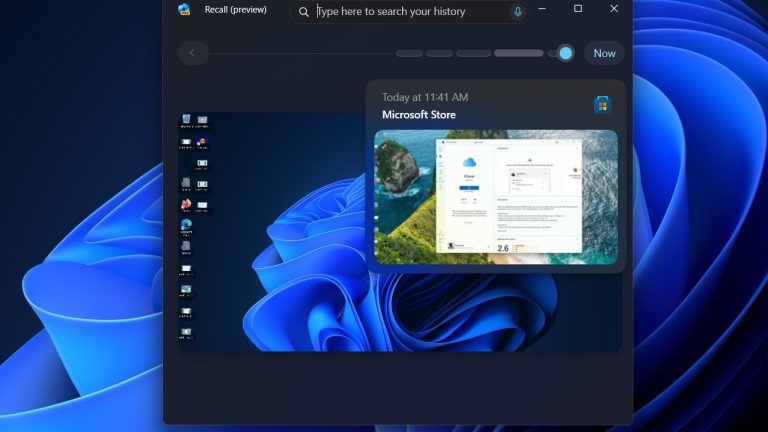 NVIDIA announced today that it will acquire physics processing company Ageia, with the goal of integrating the company's technology into future NVIDIA products. Ageia has struggled to become relevant since the company was formed in 2002, and the company's PhysX processor (or PPU) has been a solution in search of a problem ever since the company released its first line of PhysX products.
NVIDIA announced today that it will acquire physics processing company Ageia, with the goal of integrating the company's technology into future NVIDIA products. Ageia has struggled to become relevant since the company was formed in 2002, and the company's PhysX processor (or PPU) has been a solution in search of a problem ever since the company released its first line of PhysX products.
To date, the company has had only a handful of major SDK wins, though scoring the PlayStation 3 was a major one. Actual PhysX cards, while often included on ultra-high-end boutique systems, have only been supported in a handful of games. The launch of Unreal Tournament 3 and its support for Physx hardware was meant to mark a major victory for Ageia—the company cut prices on the PhysX line to stimulate demand—but disappointing UT3 sales numbers probably did little to boost PPU sales.
An NVIDIA acquisition, however, changes the company's situation considerably. If NVIDIA makes good on its goal of integrating PhysX processing into future GPUs, Ageia gains the one thing the company has sought since its incorporation six years ago—a userbase. NVIDIA, meanwhile, could push developers to include PhysX support as one aspect of its "The Way It's Meant to be Played" campaign, while simultaneously negating the need to develop new and improved GPU-based physics to compete with discrete physics processing solutions.
